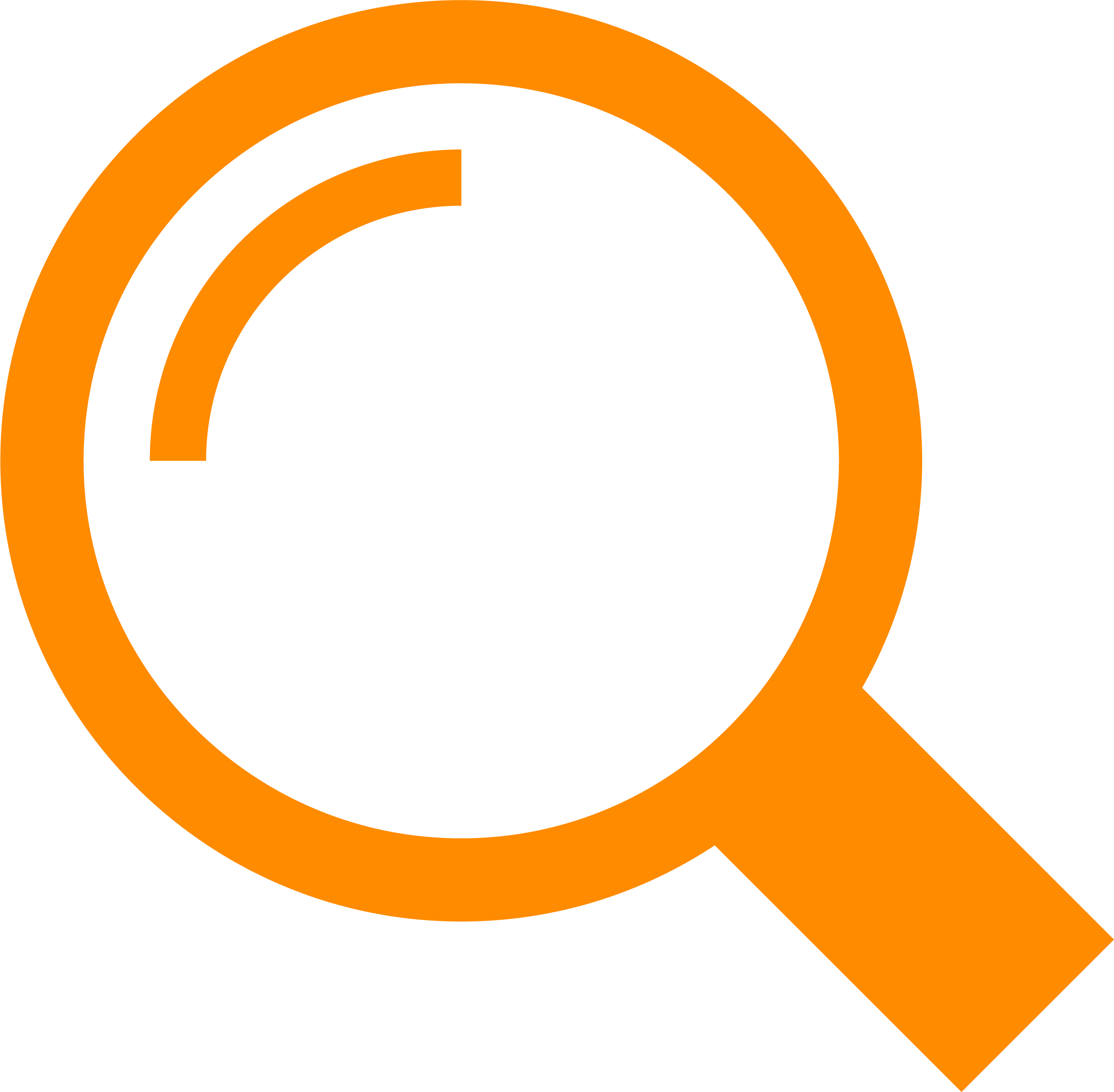Random Address Red Flags: Spotting a Scam Before It Starts
- Darion Ducharme

- May 1
- 3 min read
Updated: May 30

Have you ever received an email from a strange address or found a website with an odd-looking domain? These “random address red flags” are often the first warning signs of an online scam.
Whether it’s a fake online store or a phishing email, scammers often use confusing, unfamiliar, or misleading addresses to trick people.
At Teqare, we teach people of all ages how to recognize these early signs and stay safe online.
Here’s how you can spot the red flags—before it’s too late.
Why Addresses Matter in Digital Safety
An email or web address might seem like a small detail—but it can tell you a lot about whether something is safe or suspicious. Scammers rely on people clicking quickly without checking closely.
By learning to pause and examine addresses carefully, you can avoid falling into traps that lead to identity theft, financial loss, or malware.
Red Flags in Email Addresses
RANDOM ADDRESS, Strange Names or Lots of Numbers
Legit companies usually send emails from clear, branded addresses (like info@store.ca). Scammers, on the other hand, often use random combinations—like “payment007-service@webmail8.biz”—to look official but stay untraceable.
Slight Misspellings
Watch for emails from addresses that almost look right. A scammer might use “amaz0n.ca” instead of “amazon.ca” or “micr0soft.support@mail.com” instead of a verified Microsoft email.
Free Email Providers for Business Emails
Be cautious if a supposed business contacts you from a Gmail, Yahoo, or Outlook address.
Legit companies rarely use personal accounts for official communication.
Red Flags in Web Addresses (URLs)
Unusual or Long Domains
A trustworthy website usually has a clean and simple domain (like www.teqare.ca). Scam sites might use long or confusing links, often with extra dashes, numbers, or odd extensions like “.biz” or “.cc”.
Unsecure Sites (No HTTPS)
Always check for “https://” at the start of a web address. The “s” stands for secure. If a site only says “http://”, it could be a red flag—especially if it’s asking for personal or payment info.
Domain Doesn’t Match the Brand
If you click a link in an email that says it’s from your bank but the website doesn’t match the bank’s name, stop right there. It could be a spoofed site made to collect your login details.
What to Do If You Spot a Red Flag
Don’t Click the Link. Hover over it with your mouse to preview where it really goes.
Check the Source. Go directly to the company’s official site or contact them to verify the email.
Report It. Forward suspicious emails to your email provider or report scam sites to authorities like the Canadian Anti-Fraud Centre.
Update Your Devices. Make sure your browser and security software are up to date to block known threats.
Teaching Others to Stay Alert
These tricks aren’t just for tech experts. Kids, parents, and seniors can all learn to spot scammy addresses with a little practice.
At Teqare, we run digital safety workshops that help everyday people become smart, alert internet users. We break down the warning signs, offer real examples, and teach how to double-check before you click.
Seniors: Stay in Control of Your Finances
Seniors often live on fixed incomes and may be targeted by scams or hidden fees.
We help older adults learn how to read bills, track spending, and keep accounts safe.
Whether you’re managing your pension or helping grandkids with financial advice, staying informed is key to independence.
Stay One Step Ahead of Scammers with Teqare
Suspicious addresses are just one of many tricks scammers use—but with the right knowledge, you can stay safe.
Teqare’s digital safety workshops are built for real people in real communities. Learn how to spot scams, protect your devices, and keep your information secure.
Visit us today to book a workshop or explore helpful resources today.
Photo by Mike González



